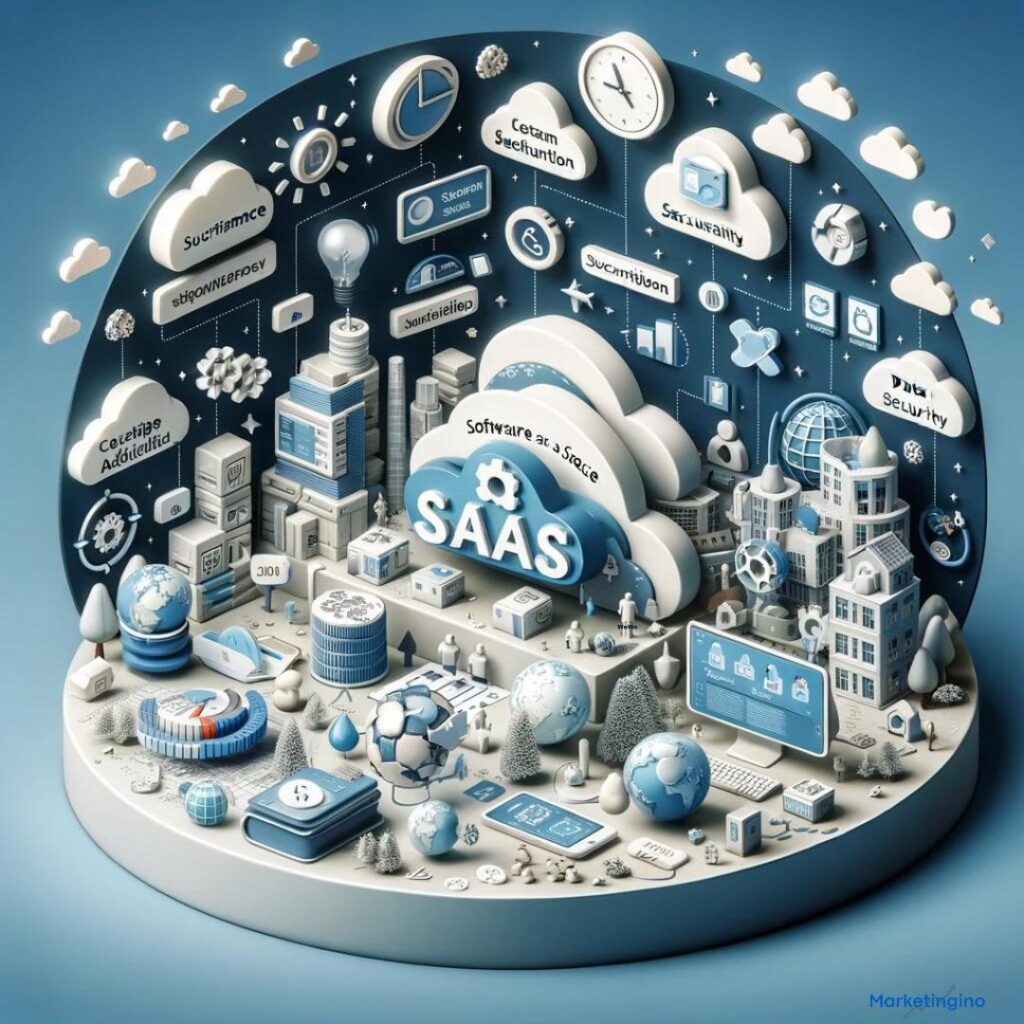In today’s rapidly evolving technological landscape, Software as a Service (SaaS) has emerged as a dominant model for delivering software applications over the internet. This article delves into the fundamentals of SaaS, its importance, key features, benefits, and best practices for implementation.
What is Software as a Service (SaaS)?
Software as a Service, commonly known as SaaS, is a software distribution model where applications are hosted by a service provider and made available to customers over the internet. Instead of purchasing and installing software on individual computers or servers, users can access the software via a web browser, paying for the service on a subscription basis.
Why is SaaS Important?
- Cost-Efficiency: SaaS eliminates the need for substantial upfront investment in hardware and software. Users pay a subscription fee, which often includes updates, maintenance, and support.
- Scalability: SaaS solutions can easily scale up or down based on user needs, making it suitable for businesses of all sizes.
- Accessibility: Since SaaS applications are accessed through the internet, users can work from anywhere with an internet connection, promoting flexibility and remote work.
- Automatic Updates: Service providers handle software updates and maintenance, ensuring users always have access to the latest features and security enhancements.
Key Features of SaaS
1. Multi-Tenancy Model
SaaS applications often use a multi-tenancy architecture, where a single instance of the software serves multiple customers (tenants). This model ensures efficient use of resources and simplifies updates and maintenance.
2. Subscription-Based Billing
SaaS providers offer flexible subscription plans, typically on a monthly or annual basis. This model allows businesses to manage their expenses better and avoid large capital expenditures.
3. Customization and Integration
Many SaaS applications offer customization options to meet specific business needs. Additionally, they often provide APIs and integration capabilities to connect with other software and systems.
4. Data Security
SaaS providers implement robust security measures to protect user data, including encryption, regular backups, and compliance with industry standards and regulations.
Benefits of SaaS
1. Reduced Time to Value
SaaS applications are ready to use almost immediately after purchase, significantly reducing the time it takes to see value from the software.
2. Lower Total Cost of Ownership (TCO)
By eliminating the need for hardware, maintenance, and extensive IT support, SaaS reduces the overall cost of ownership compared to traditional software.
3. Enhanced Collaboration
SaaS solutions often come with collaboration features, enabling teams to work together in real-time, regardless of their location.
4. Improved Agility
Businesses can quickly adapt to changing market conditions and demands by leveraging the flexibility and scalability of SaaS applications.
Best Practices for Implementing SaaS
- Assess Business Needs: Evaluate your organization’s requirements to choose the right SaaS solution that aligns with your goals and workflows.
- Ensure Data Security: Select a SaaS provider with strong security protocols and compliance with relevant regulations to protect your data.
- Plan for Integration: Consider how the SaaS application will integrate with your existing systems and workflows. Use APIs and other integration tools for seamless connectivity.
- Monitor Performance: Continuously track the performance and usage of the SaaS application to ensure it meets your business needs and delivers the expected benefits.
- Train Users: Provide adequate training and support to ensure your team can effectively use the SaaS application and leverage its full potential.
Software as a Service (SaaS) offers a flexible, cost-effective, and scalable solution for businesses looking to leverage modern software applications. By understanding its key features and benefits, and following best practices for implementation, organizations can maximize the value of their SaaS investments and drive business growth. SaaS is not just a technological shift but a strategic approach to staying competitive in today’s digital world.




